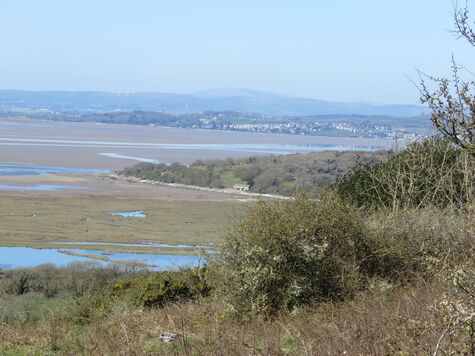 Jenny Brown's Point from Warton Crag
Jenny Brown's Point from Warton Crag We had sat overlooking the salt-marsh and Jenny Brown's Point, taking our bearings. And speaking of cleverness, how we define it. Mankind is largely ignorant of the natural world. its wonders, like the brimstone. Its wing has evolved to mimic the vegetation of its habitat, to conceal it. The wing is leaf-shaped, veined like a leaf with blotches that resemble leaf decay. Closed wings resemble a leaf. Evolution has worked brilliantly. But how? What triggers these adaptations to give the butterfly such survival strategies? We can monitor numbers, track changes in distribution. But how far back in time can we find brimstone and detect evolutionary changes?
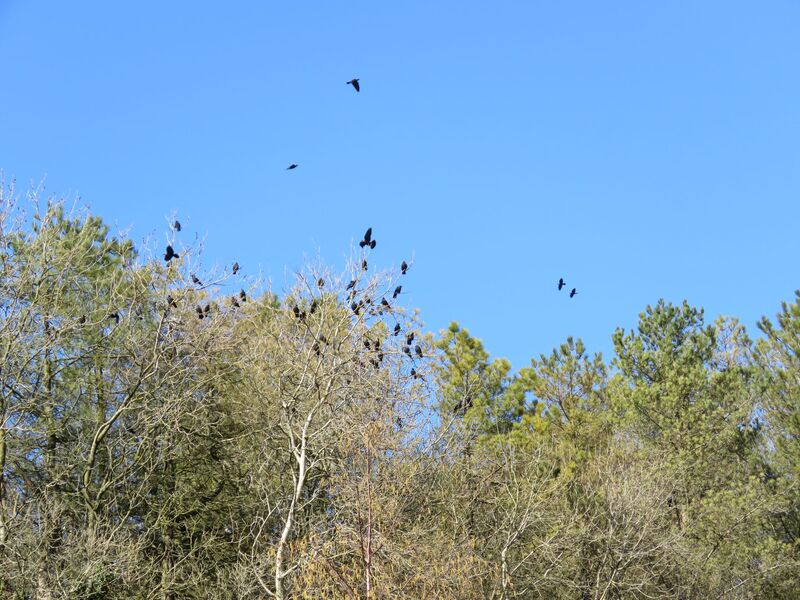
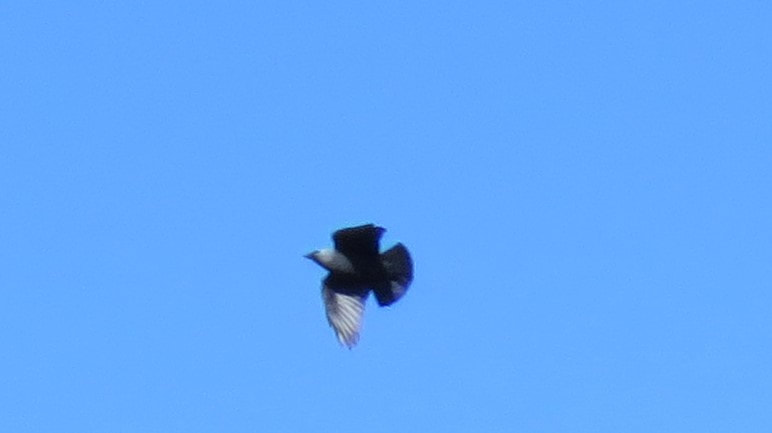
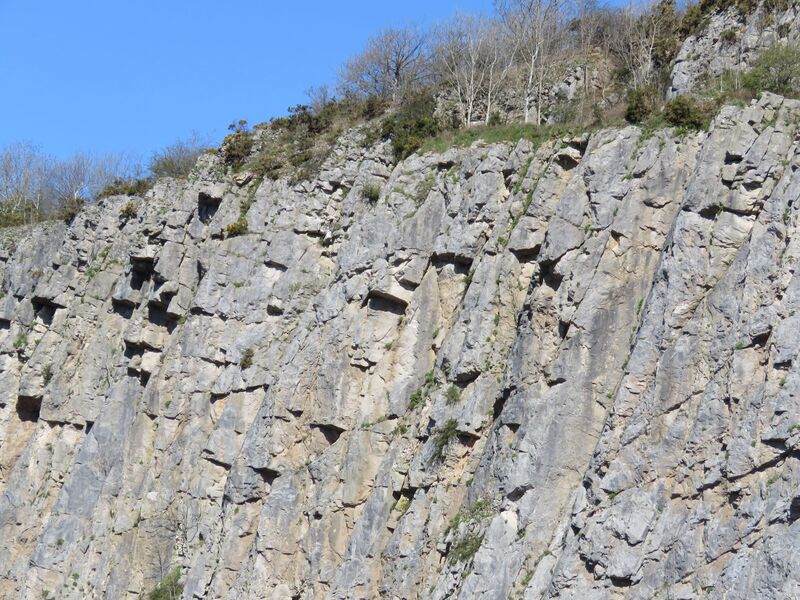
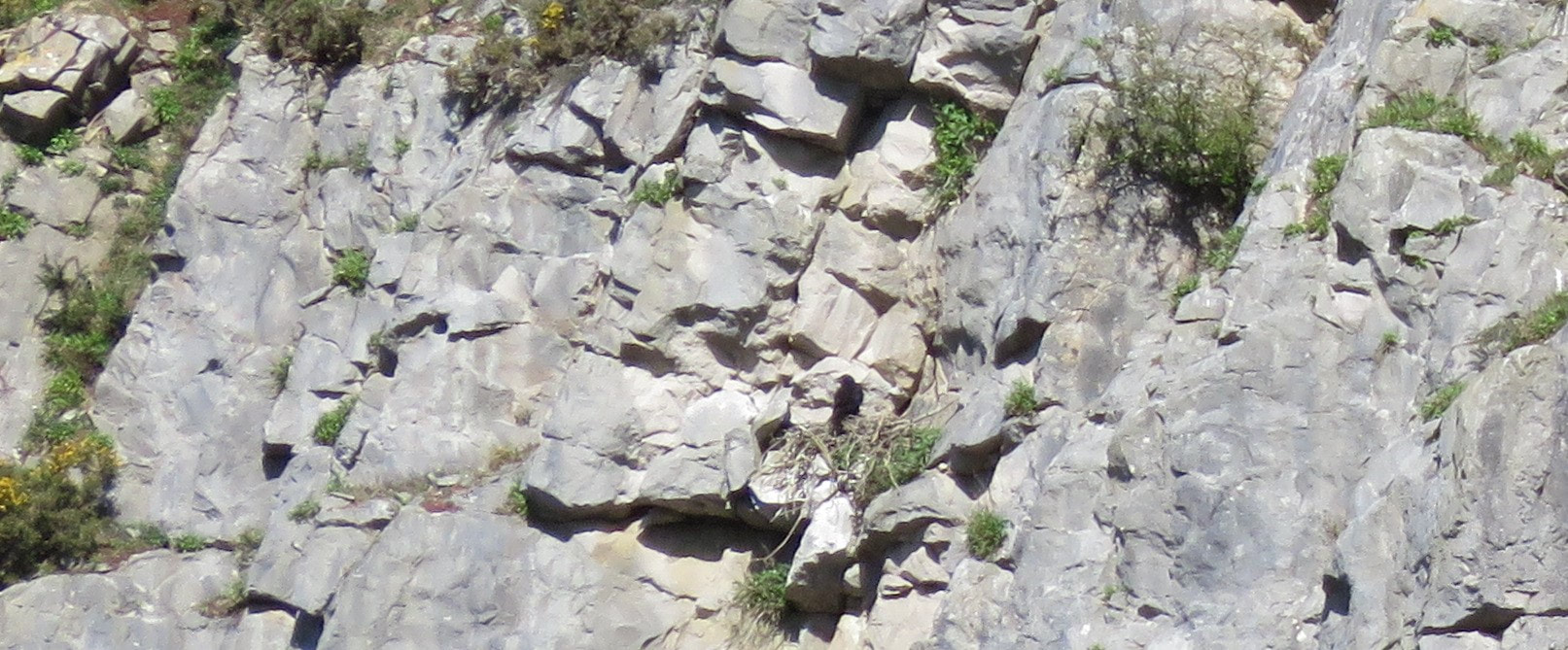
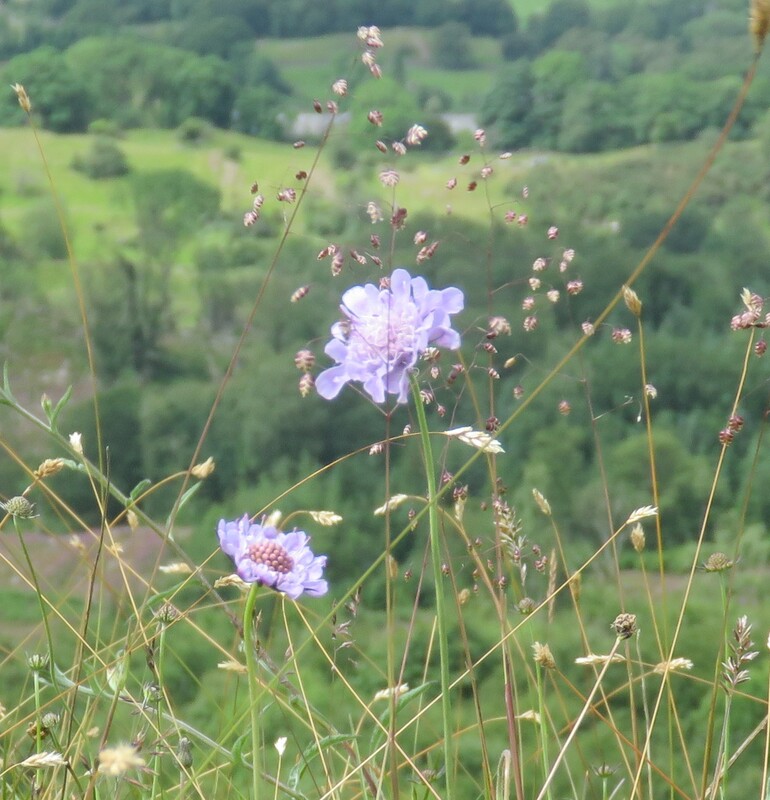
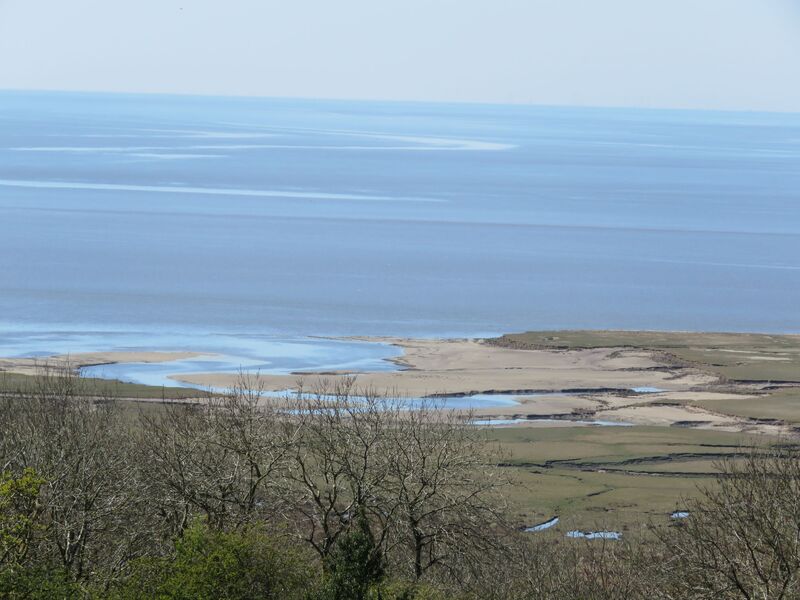
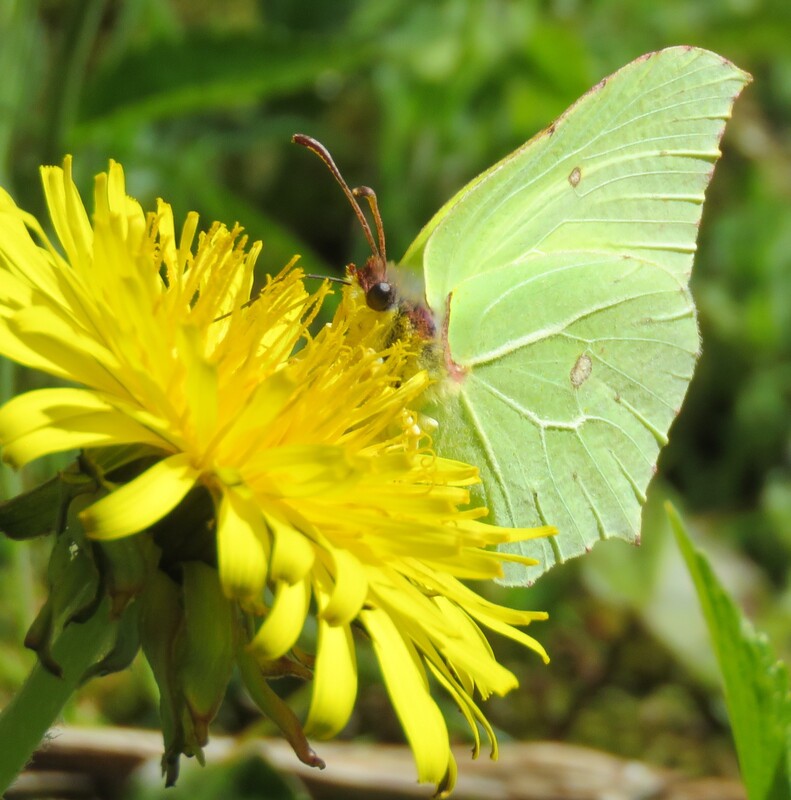
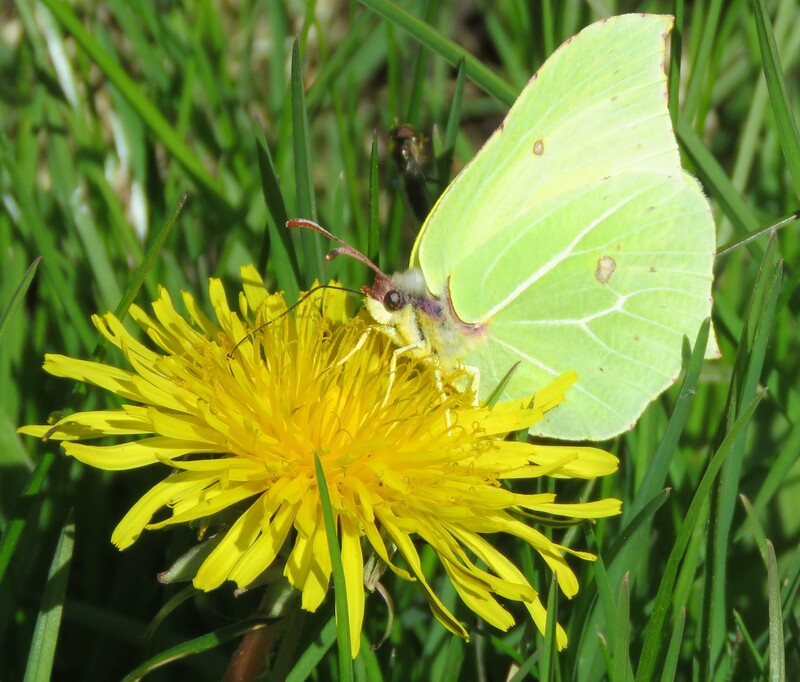
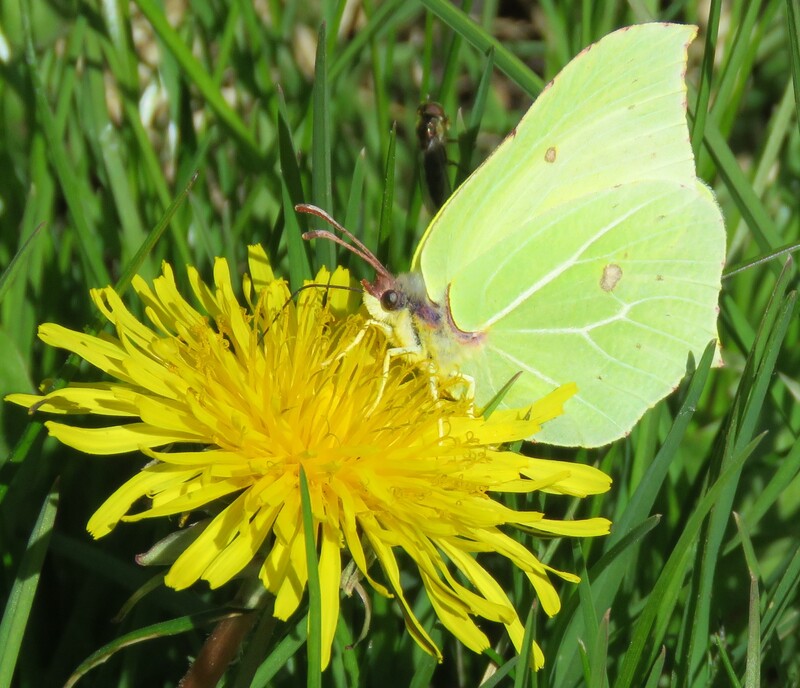
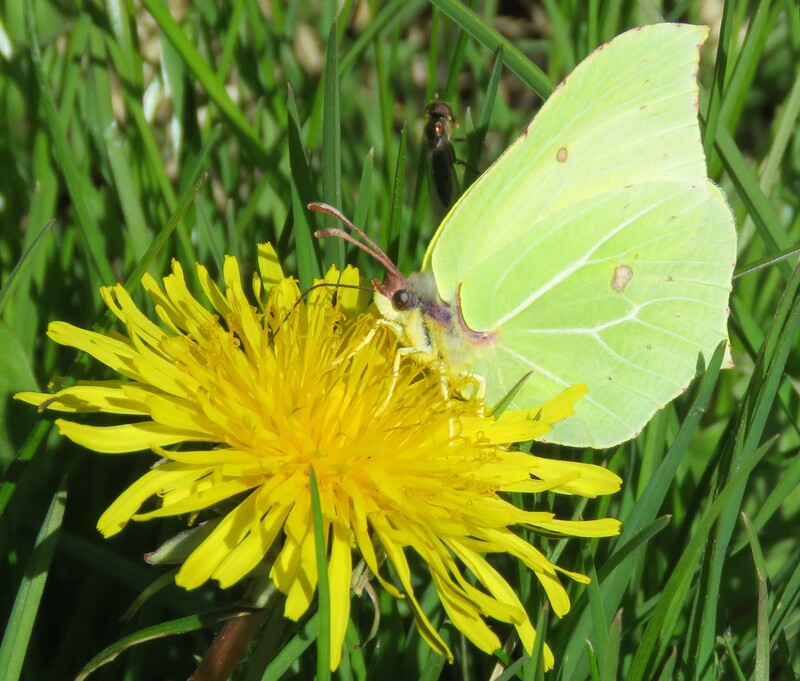
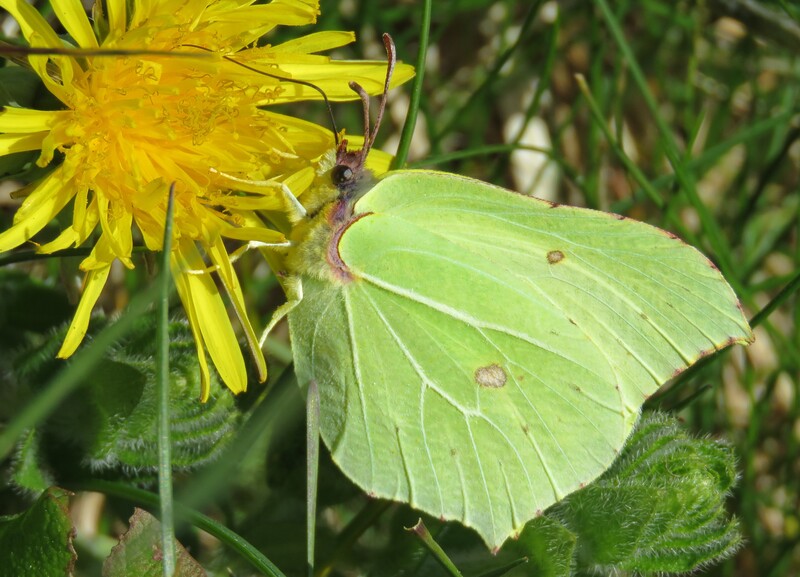
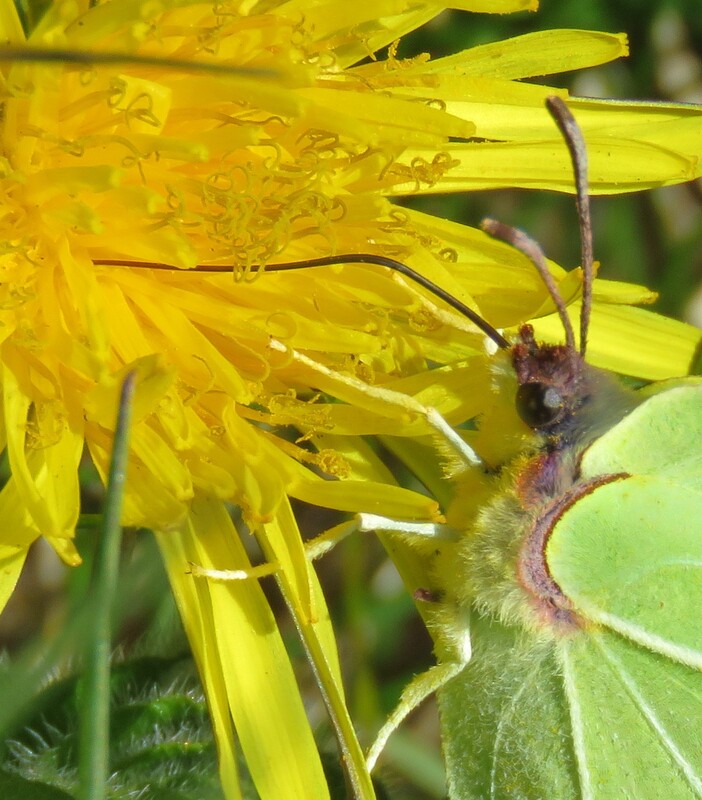
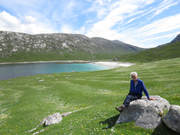
 RSS Feed
RSS Feed